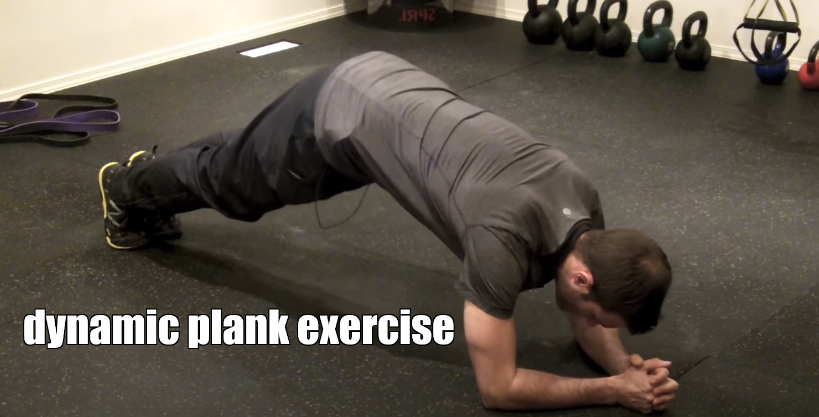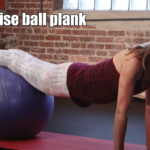Introduction to Dynamic Plank Exercises
The dynamic plank exercise is a powerful tool in any fitness enthusiast’s arsenal. It’s an evolution of the traditional plank, adding movement to engage more muscles and increase the challenge. Dynamic planks not only strengthen the core but also enhance flexibility, balance, and overall body coordination. This article dives into seven dynamic plank exercises that can transform your workout routine, offering a fresh and effective approach to core conditioning.
The Importance of Core Strength and Flexibility
Before exploring the exercises, it’s crucial to understand the role of core strength and flexibility in overall health and fitness. A strong core is essential for good posture, efficient movement, and injury prevention. Flexibility, on the other hand, enhances your range of motion, reduces muscle soreness, and improves performance in various physical activities. Dynamic planks are a unique way to address both these elements simultaneously.
Standard Dynamic Plank
Before progressing to more complex variations, mastering the standard dynamic plank is essential. Start in a traditional forearm plank position, then slowly shift your weight and walk your feet and elbows forward and backward. This simple movement increases core engagement and introduces you to the concept of adding motion to the plank.
Read more: exercise ball plank
Plank Jacks
Plank jacks are an excellent cardiovascular addition to your core routine. Begin in a high plank position and jump your feet in and out, similar to a horizontal jumping jack. This exercise not only strengthens the core but also elevates your heart rate, adding an aerobic element to your workout.
Plank with Shoulder Taps
This variation involves tapping your opposite shoulder while maintaining the plank position. Begin in a high plank and alternate tapping each shoulder with the opposite hand. This exercise challenges your balance and stability, engaging the core and shoulder muscles.
Side Plank with Rotation
Adding rotation to a side plank increases the intensity and engages the obliques. Start in a side plank, then rotate your torso and thread your free arm under your body and back up. This movement enhances flexibility and targets the muscles along your sides.
Walking Plank
The walking plank adds a dynamic movement to the standard plank. Start in a high plank and ‘walk’ your hands and feet to one side and back. This exercise not only works the core but also involves the upper body and legs, offering a full-body challenge.
Reverse Plank Leg Lifts
Begin in a reverse plank, balancing on your hands and heels. Alternate lifting each leg. This variation targets the lower back, glutes, and hamstrings, complementing the traditional forward-facing plank.
Plank to Push-up
This dynamic variation transitions from a forearm plank to a high plank (push-up position) and back. It strengthens the core, chest, and arms, providing a comprehensive upper body workout.
Conclusion
Dynamic plank exercises offer a multifaceted approach to core strengthening and body conditioning. Incorporating these variations into your routine can lead to improved core strength, better flexibility, and greater overall fitness. Always focus on maintaining proper form and gradually increasing the intensity to avoid injury. With consistent practice, these dynamic planks can significantly enhance your workout efficiency and effectiveness.



